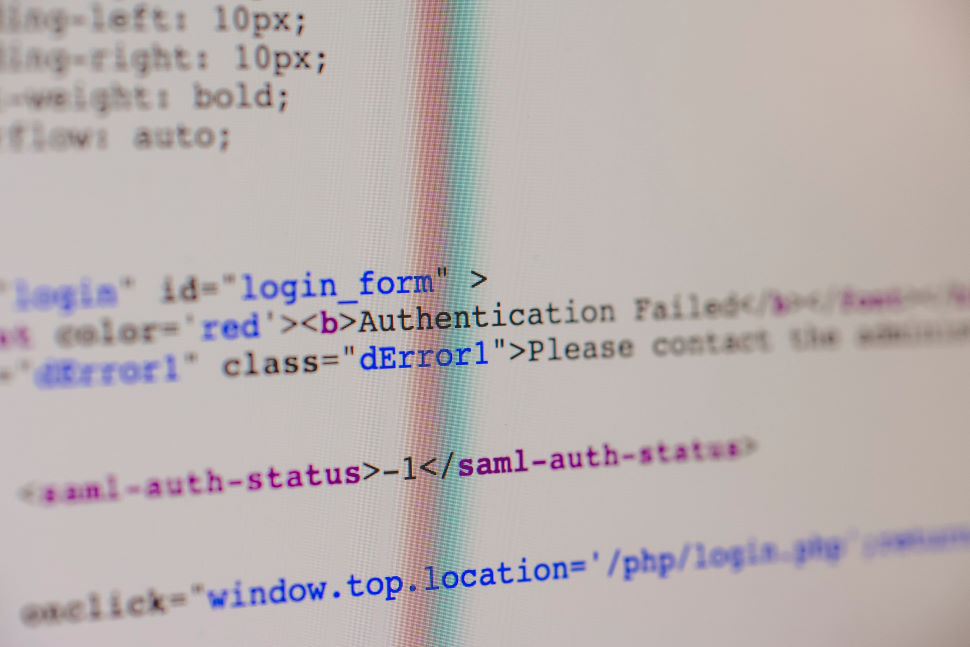
Next is to configure some VOIP service providers.

Here’s the login screen you first see:ĭue to the way I have our home network set-up, I used a static IP address for the base unit. Now let’s look at how the whole DECT/VOIP thing is configured and what really makes these stand out for a home phone…Īccessing the Web based user interface was easy. They have a nice big colour screen where you can – apparently although I haven’t done this yet – add pictures to your directory so the phone shows the caller’s face or avatar when ringing.Īnyway, all-in-all my initial impressions of the system was very positive indeed. She said it was brilliant! And having now just had a conversation with her somewhat hard-of-hearing father, he also attested to the much better sound than our previous telephones. The first thing my wife commented on when we were talking internally was the voice quality. It took a good 8-10 hours for them to get fully discharged. To discharge them all, I made internal calls between the phones and put them all on handsfree.
#Voipraider forum full
The first full charge took between 3 and 5 hours depending on the handset. The batteries are supplied (a pair of AAA rechargeables). When you get them you need to do a first time charge and discharge cycle. I’ll cover that in detail in a minute.īut first the handsets.
#Voipraider forum install
Once the physical install is done, you can do almost everything else from the web based interface of the base station. Once I’d plugged the phones in and got them charging, and base station in to the LAN, the phone started showing me the weather forecast in Lisbon! 🙂 There are very easy to follow 1st time instructions that get the system installed and running. My initial impressions: Nice packaging and a good looking handset. (Just click on the thumbnails for bigger images) Here’s my personal review of these new phones for use in our home network.
#Voipraider forum Bluetooth
They also support Bluetooth so you can use a wireless headset and upload/download your mobile phone’s address book etc. This is the latest release and the handsets support very high quality voice between each other and on compatible networks. The Base unit can support up to 8 incoming services: 1 x PSTN, 1 x Gigaset VOIP Network, and 6 further VOIP (SIP) services.

There were a few reasons I selected these Siemens phones, but the main one is their ability to act as a basic telephone switch between handsets and incoming services. I’d been waiting for this model to become available for a couple of months and they were offering the best price and the were first to get them in stock too!

I bought these from a UK based on-line telephone vendor DSTelecom and their service and price was very good. I’d spent quite some time looking for a decent replacement for our aging and now unreliable existing DECT handsets. This is a DECT home telephone system with support for both PSTN and VOIP services. Last week I purchased a triple set of the brand new Siemens S685IP telephones.


 0 kommentar(er)
0 kommentar(er)
